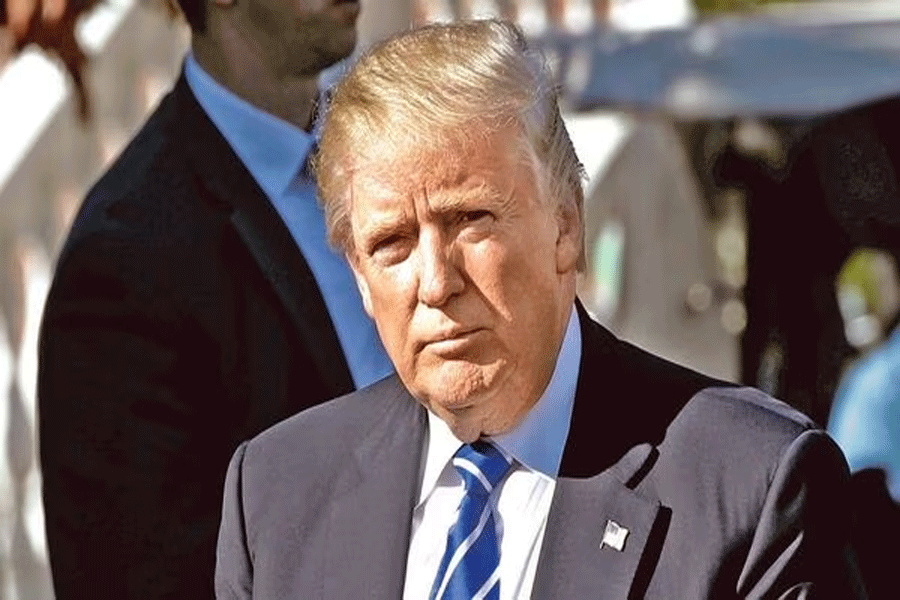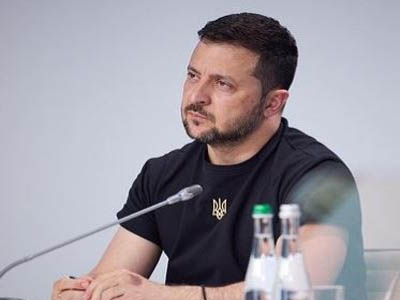India’s first indigenous nuclear plant in Gujarat begins in full capacity; PM Modi extends greetings

Gandhinagar: India’s landmark achievement in the realm of nuclear energy unfolded as the country’s first indigenously developed 700 MW nuclear power plant, located in Gujarat’s Kakrapar, commenced operations at full capacity. Prime Minister Narendra Modi shared his greetings with the dedicated team of scientists and engineers who made this milestone possible.
The reactor at the Kakrapar Atomic Power Project (KAPP) had previously initiated commercial operations on June 30 but had been operating at 90 percent capacity until now.
“India achieves another milestone. The first largest indigenous 700 MWe Kakrapar Nuclear Power Plant Unit-3 in Gujarat starts operations at full capacity. Congratulations to our scientists and engineers,” expressed Prime Minister Modi on ‘X,’ formerly known as Twitter.
The Nuclear Power Corporation of India Limited (NPCIL) has been diligently constructing two 700 MW pressurized heavy water reactors (PHWRs) at the Kakrapar site, which is also home to two 220 MW power plants.
Several commissioning activities were in progress at KAPP 4, which had achieved a commendable 97.56 percent progress rate by July, according to officials.
NPCIL’s ambitious plans involve the construction of 16 700 MW PHWRs across the country, and the necessary financial and administrative sanctions have been granted for these projects.
Construction work for 700 MW nuclear power plants is currently underway at Rawatbhata in Rajasthan (RAPS 7 and 8) and at Gorakhpur in Haryana (GHAVP 1 and 2).
The Indian government has further approved the construction of 10 indigenously developed PHWRs in fleet mode, to be situated at four different locations – Gorakhpur in Haryana, Chutka in Madhya Pradesh, Mahi Banswara in Rajasthan, and Kaiga in Karnataka.
















